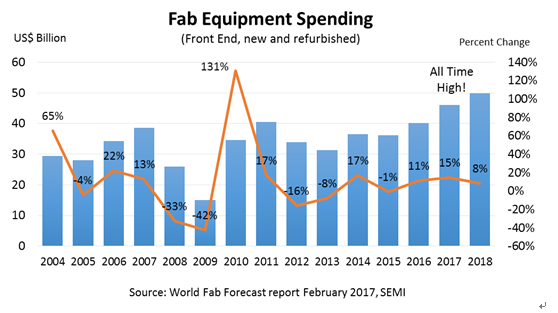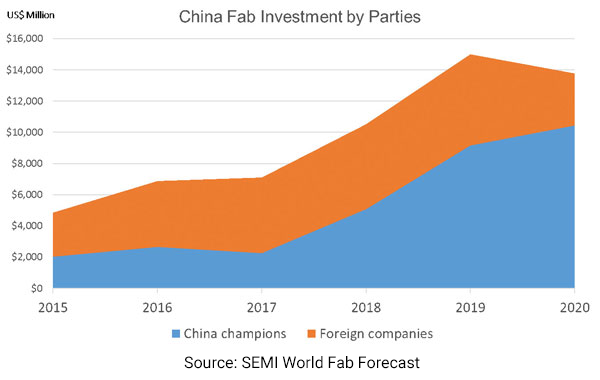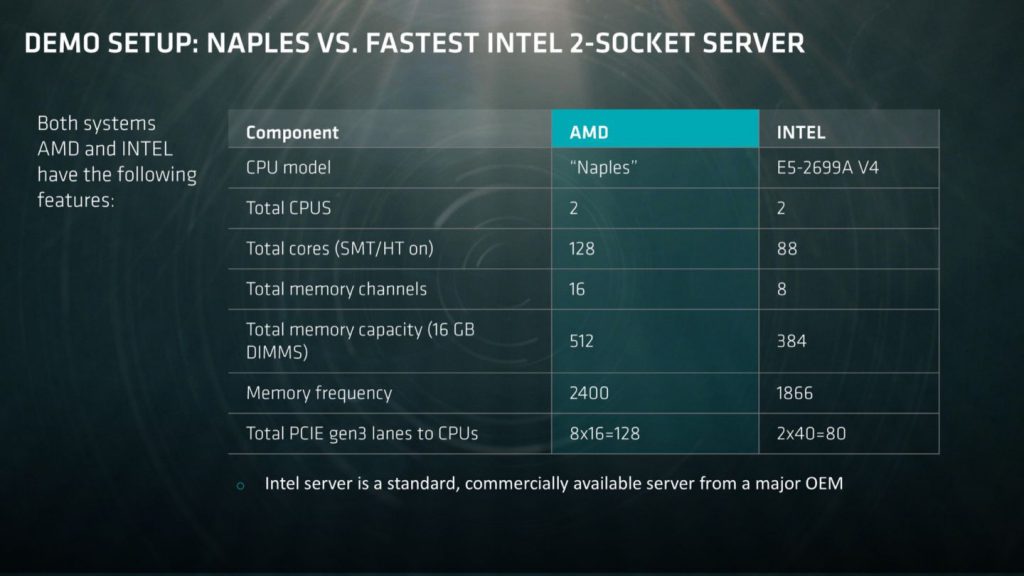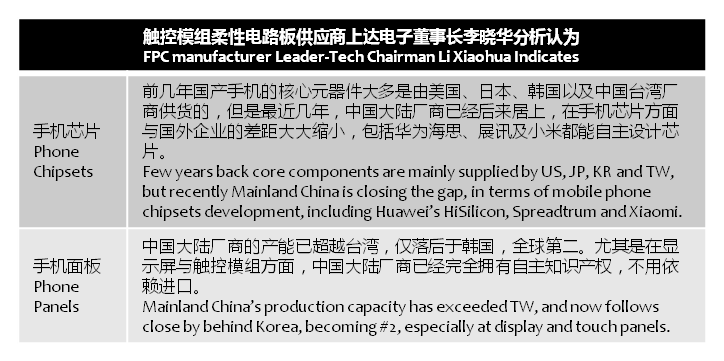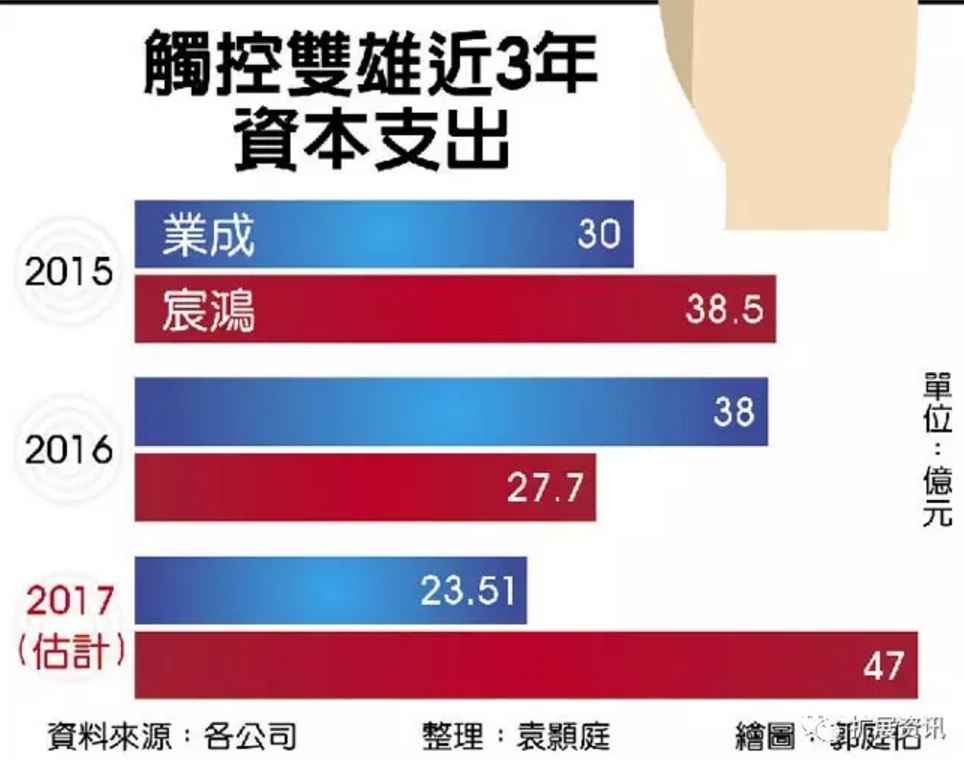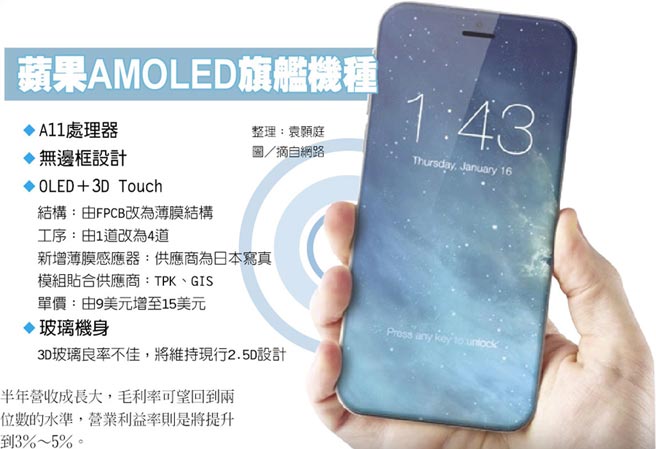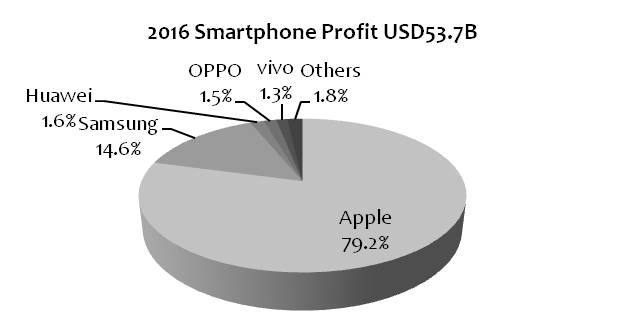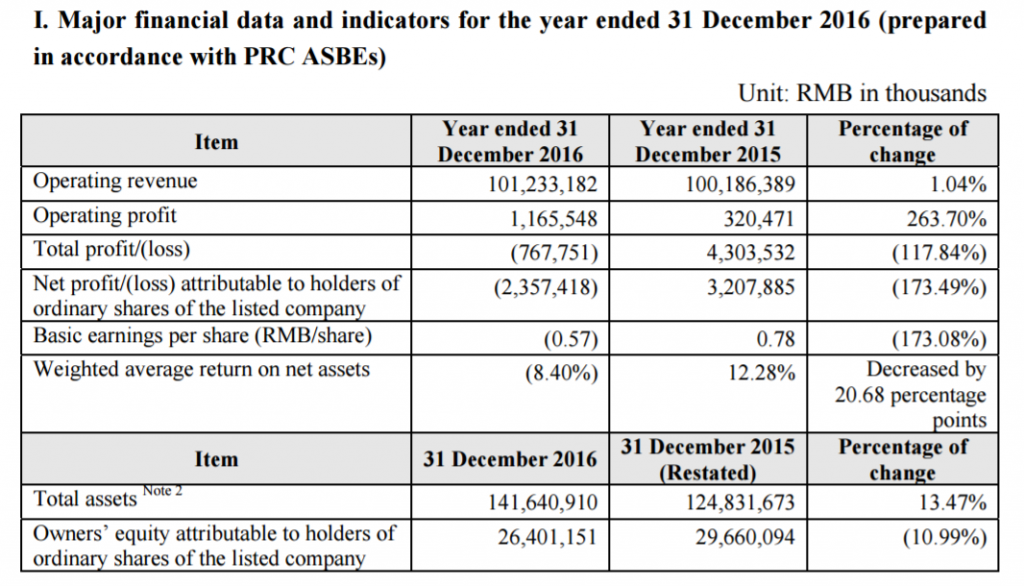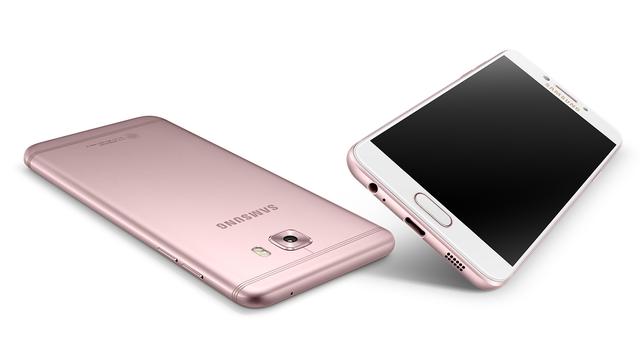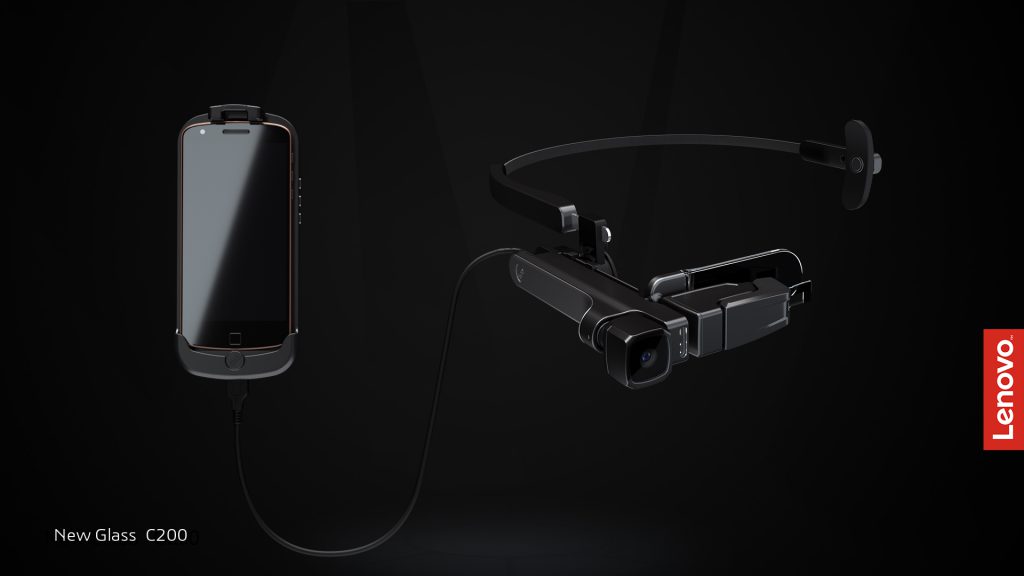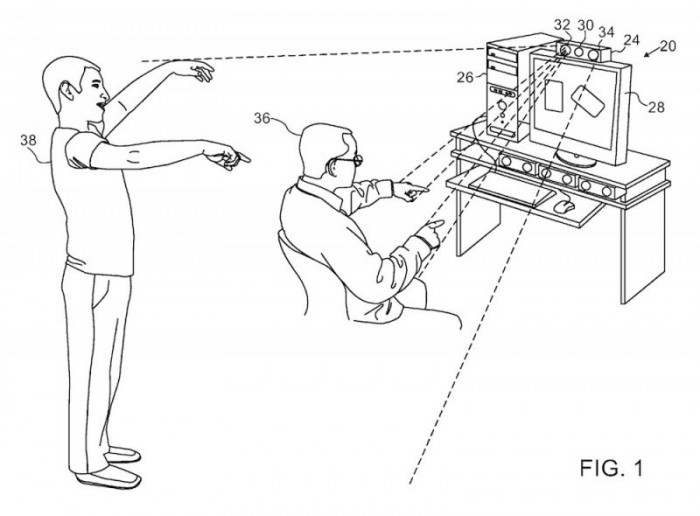
03-08 Happy Woman’s Day: ZTE have agreed to pay more than USD892M as a criminal and civil penalty; Xiaomi has “New Retail” planned; etc.
Chipsets
MediaTek’s consolidated revenues fell to a 12-month low of NTD16.95B (USD547.2M) in Feb 2017. Seasonal factors, as well as a strong US dollar, continued to drag down MediaTek’s revenues in feb 2017. However, revenues should start to register sequential growth in Mar 2017. MediaTek reported revenues of NTD35.26B for the first 2 months of 2017, up about 2% from a year ago. (Laoyaoba, China Times, Digitimes, press)
Fab equipment spending is expected to reach an industry all-time record, more than USD46B in 2017, according to SEMI. The record is expected to be broken again in 2018, nearing the USD50B mark. In total for 2017, China is equipping 48 fabs with equipment spending of USD6.7B; looking ahead to 2018, SEMI predicts that 49 fabs to be equipped, with spending of about USD10B. (SEMI, press, Digitimes, Sohu)
AMD took a significant step into the server and datacenter market with its most detailed look yet at the upcoming high-performance CPU for servers, codenamed “Naples”. “Naples” delivers the highly regarded Zen x86 processing engine in industry-leading configurations of up to 32 cores. (My Drivers, HSW, PC Mag, ZDNet, Ars Technica, Yahoo)
Softbank will move 25% of ARM, which it bought in 2016 for USD32.4B, to its Vision Fund in an effort to engage Abu Dhabi’s state-owned Mubadala investment fund. Saudi Arabia’s Public Investment Fund is the Vision Fund’s biggest investor with a USD45B commitment, while SoftBank has promised to put USD25B into the venture. (Laoyaoba, Tencent, Reuters, NY Times, WSJ, The Street)
Touch Display
Sharp is reportedly investing JPY1T into OLED screen production. The investment will be centered on production at Foxconn’s Zengzhou facility. The investment is notably larger than the USD568M bet on OLED Sharp has originally announced in Sept 2016. (Apple Insider, CN Beta, WSJ)
Since the beginning of 2017, prices of mobile phone rise including from Xiaomi, Meizu, LeEco and nubia. Vendors explain this is due to the shortage of components, including main chipsets, display, cameras and memory. FPC manufacturer Leader-Tech chairman Li Xiaohua indicates this “shortage” situation for these main components will not last long. (Laoyaoba, EE World, article)
Touch panel makers General Interface Solution (GIS) and TPK Holding have set aside capex budgets of NTD5.03B (USD163M) and NTD4.7B respectively to set up capacity to produce 3D touch panels for Apple’s new iPhones to be launched in 2017. The manufacturing process for thin film-based 3D touch solutions more complicated and the price rises from about USD9 for a glass-based 3D touch sensor to over USD15 for a thin film-based sensor. (Digitimes, press, China Times)
Biometrics
Granted by the U.S. Patent and Trademark Office, Apple’s U.S. Patent for “Enhanced face detection using depth information” describes an offshoot of computer vision technology that applies specialized hardware and software systems to object recognition tasks, specifically those involving human faces. The invention is part of a patent stash acquired by Apple through its 2013 purchase of Israeli motion capture specialist PrimeSense. (CN Beta, Mac Rumors, Softpedia, Apple Insider)
Connectivity
Google’s next-generation Pixel flagship will reportedly forgo the 3.5mm headphone jack. (CN Beta, Tech Times, IB Times, 9to5Google)
Smartphones
Apple captured 79.2% of global smartphone profits in 2016, according to the Strategy Analytics. The global smartphone industry was estimated to have posted total operating profits of USD53.7B in 2016, with Apple’s operating profit standing at USD44.9B. Samsung’s smartphone business posted an operating profit of USD8.3B in 2016, accounting for 14.6% of the global profits. (Apple Insider, Korea Herald, PC Mag, 9to5Mac, IB Times, 163, DoNews, Tencent)
ZTE have reached an agreement with U.S. Department of Justice and the OFAC. ZTE have agreed to pay more than USD892M as a criminal and civil penalty, they have also agreed to another penalty in the amount of USD300M to BIS which BIS will hold in suspension over a term of 7 years as long as ZTE continues to comply with the rest of the conditions during that time that are part of the agreement. (Android Headlines, Yahoo, NY Times, Reuters, CN Beta)
ZTE estimated a preliminary full-year loss of CNY2.36B (USD342M) for 2016 compared with a profit of CNY3.21B in the previous year. But it also said it expects first-quarter profit could rise more than 20% as revenue from carriers’ networks and consumer business has increased. (CN Beta, Yahoo, Fiscal Times, ZTE)
According to Xiaomi CEO Lei Jun, Xiaomi plans to open up 250 new offline stores in China in 2017, as part of the bigger picture, and the company’s plan in the next couple of years. Lei Jun strongly believes that the company has a great plan for ‘New Retail’, which essentially puts focus on Xiaomi’s very own stores, instead of buying off small business in China. Xiaomi did set a goal of 1000 offline physical stores in China by 2020. (Android Headlines, Gizmo China, Sina, Caixin)
Xiaomi CEO Lei Jun indicates that Xiaomi has found that “expanding globally is no simple task”, and it “requires gathering lots of experience”, owning up to his company’s struggles in overseas markets as sales also cool at home. (Laoyaoba, 163, CN Beta, Global Times, Asia Nikkei)
Xiaomi CEO Lei Jun indicates that “consumer upgrade” is not about prices up, but it is about making a good product with the same price level. Within 5, 6 years, Xiaomi and its competitors in the market have retired all the “clones”, and today China smartphone market share is getting higher, with more competitive leverage. (CN Beta, Laoyaoba)
Shipments of smartphones by Taiwan-based brand vendors and ODMs are expected to decline 39.6% on year to below 10M units in 1Q17, according to Digitimes Research. Taiwan’s brand vendors and ODMs shipped a total of 13.22M smartphones in 4Q16, up 7% on quarter but down 26.3% on year. (Digitimes, press)
Samsung launching Galaxy C5 Pro in China – 5.2” FHD Super AMOLED display, Qualcomm Snapdragon 626 processor, 16MP + 16MP cameras, 4GB RAM, 64GB storage, Android 7.0, USB Type-C, 2600mAh battery, CNY2499. (CN Beta, Tencent, ZOL)
Wearables
Lenovo unveils Lenovo New Glass C200 (along with compatible AR software) with AR and AI capabilities. It is a monocular smart glass system that recognizes and identifies real-life objects using AI technologies. The product comes with two main parts, a Glass Unit and Pocket Unit, making for a user-friendly wearable experience. (My Drivers, Laoyaoba, International Digital Times, Lenovo)
Asustek Computer is choosing suppliers for its VR head-mounted display (HMD) devices, with Samsung Display likely to be a supplier of display panels and Taiwan-based makers to undertake OEM production. Production is expected to start in 3Q17. (Digitimes, press)
Internet of Things
Adoption of newer connected home solutions is still at the early adopter phase, according to a recent survey by Gartner. The survey, of nearly 10,000 online respondents in the U.S., the U.K. and Australia during 2H16, found that only about 10% of households currently have connected home solutions. (Android Headlines, Gartner, press, 91.com)
